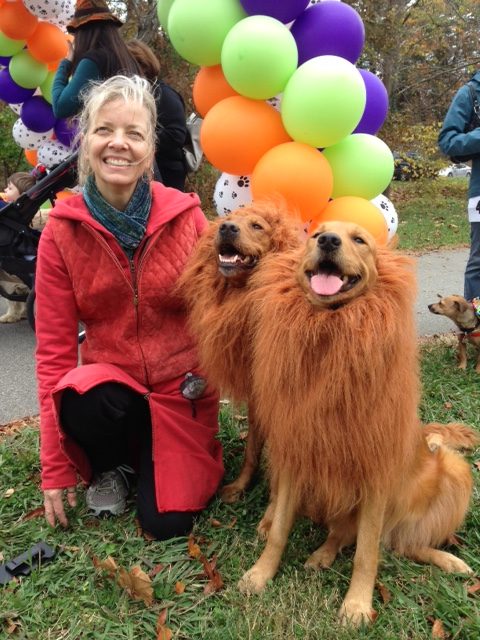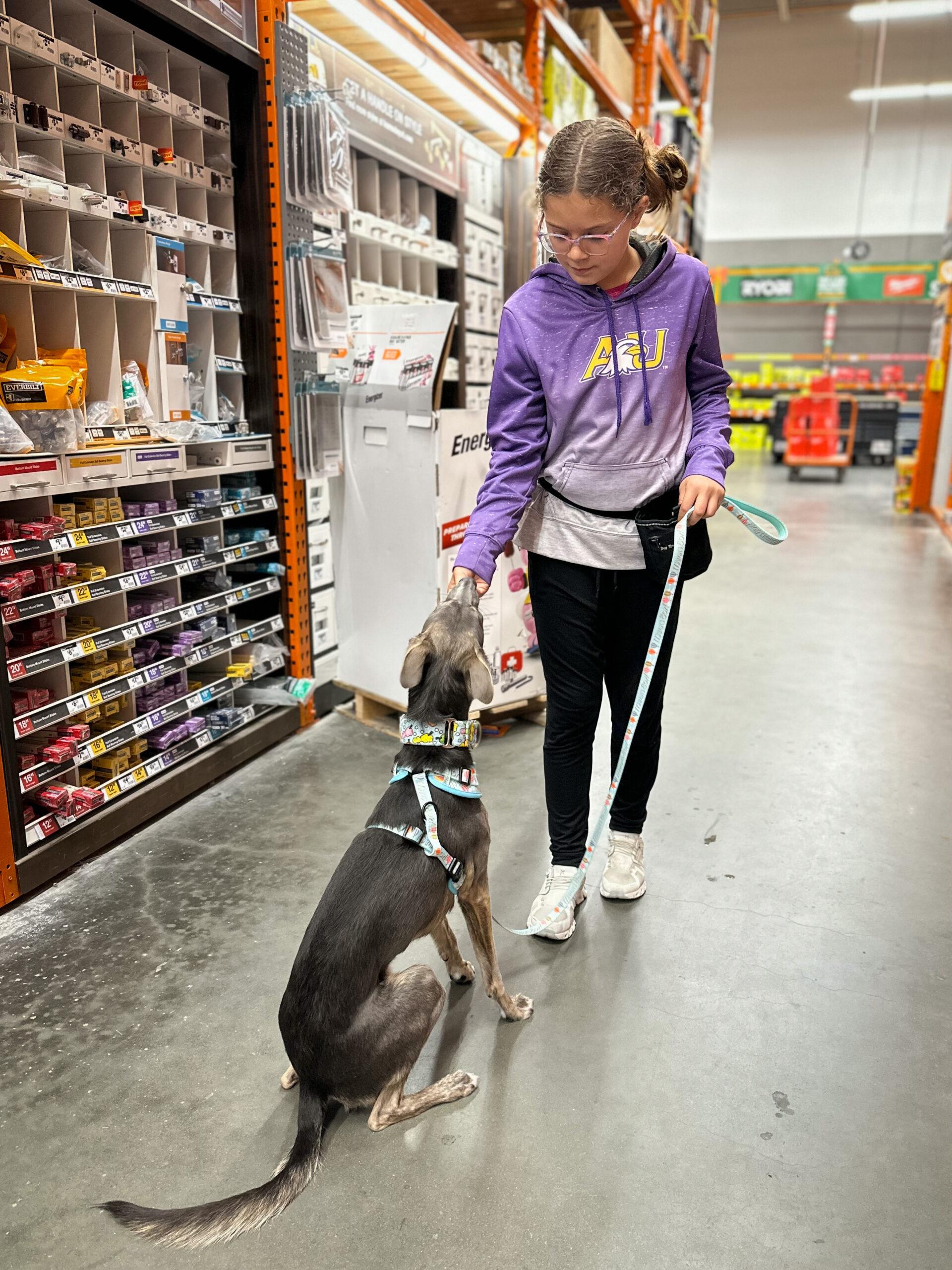Understanding Canine Body Language During Dog Training
Understanding Canine Body Language During Dog Training
Blog Article
Essential Tips for Effective Dog Training: An Overview for Family Pet Owners
Efficient pet dog training is a complex process that needs a tactical strategy tailored to both the animal's temperament and the proprietor's purposes. Recognizing exactly how to browse these barriers can substantially boost the training experience, inevitably changing the relationship between proprietor and canine.
Comprehending Dog Habits
Recognizing pet dog actions is important for reliable training and promoting a harmonious connection between canines and their owners. dog training. Dogs communicate largely with body language, vocalizations, and activities, making it crucial for owners to interpret these signals precisely.

Socialization plays a considerable function in dog behavior; direct exposure to different atmospheres, people, and various other pets can dramatically impact a pet dog's character. Furthermore, aspects such as type attributes and private temperament need to guide training techniques, as some breeds might have particular behavior traits that require tailored methods. By understanding these aspects, owners can create an encouraging setting that encourages positive actions, causing effective training end results and a deeper bond with their pets.
Establishing Consistent Commands
Efficient communication with your canine begins with establishing constant commands. This fundamental aspect of training is important for promoting understanding in between you and your animal. Uniformity in the commands you utilize ensures that your pet can reliably connect specific words or expressions with the preferred habits.
When selecting commands, choose clear, distinct words that are easy to separate and say from one an additional. Stay clear of using similar-sounding commands that may confuse your dog. For instance, utilizing "sit" and "stay" is appropriate, however "sit" and "struck" might bring about misunderstandings.
Additionally, maintain the very same tone and quantity for every command. Canines are delicate to vocal cues, so differing your tone can produce complication.
It is similarly crucial to make sure that all member of the family are on the same web page regarding the commands made use of. A united front in command usage will avoid blended signals and strengthen the discovering process.
Positive Support Methods
The power of positive support in canine training exists in its ability to encourage wanted behaviors through benefits and appreciation. This technique is grounded in the concept that actions adhered to by desirable end results are much more most likely to be repeated. By integrating favorable support into your training regimen, you can effectively form your dog's behavior in a constructive manner.
To carry out favorable reinforcement, it's important to determine what motivates your pet, whether it be treats, playthings, or verbal appreciation. When your pet does a wanted activity, such as resting on command, quickly compensate them with a try this out treat or affection. This association between the command and the favorable outcome reinforces their understanding.
It's vital to timing the incentives correctly; supplying the reinforcement within seconds of the wanted behavior assists your pet dog make the connection (dog training). Furthermore, uniformity is vital-- guarantee that all household members utilize the very same commands and benefit systems to stay clear of confusion

Slowly, you can minimize the regularity of treats as your dog finds out the behavior, transitioning to applaud or recurring benefits. This method not only fosters a strong bond in between you and your dog however likewise advertises a positive discovering setting, making educating an enjoyable experience for both.
Socialization and Communication
Consistently revealing your dog to a range of environments, people, and other pets is essential for their social development. Socialization must begin early, preferably during the essential home window of 3 to 14 weeks, when pups are most responsive to new experiences. Nevertheless, older pet dogs can also take advantage of recurring socialization initiatives.
Introduce your dog to various setups, such as parks, pet-friendly stores, and metropolitan locations. This exposure aids them adapt to various stimulations, reducing anxiousness and fear feedbacks. Motivate positive communications with various other canines and individuals, ensuring that these encounters are controlled and secure to foster self-confidence.
Make use of structured playdates with well-mannered pet dogs, as this can boost your pet dog's social abilities and educate them suitable behavior. Obedience classes and training sessions also offer excellent opportunities for socializing, allowing your pet to engage with others in a supervised setting.
Monitor your pet dog's body language during communications, as this will certainly assist you gauge their convenience level. Progressively boost exposure to even more difficult situations while ensuring that each experience declares. A well-socialized pet dog is more probable to display balanced actions, making them a delight to have in any kind of setup.
Addressing Typical Training Challenges
Every pet dog proprietor will certainly come across training obstacles at some factor, no matter their pet's age or socialization level. Recognizing usual issues such as stubbornness, disturbances, and fearfulness can assist in establishing efficient strategies for enhancement.

Progressively present disturbances as the dog comes to be a lot more efficient in look what i found commands. Short, frequent training sessions are likewise reliable in preserving focus.
Terror can hinder a pet's knowing procedure. Steady desensitization to the resource of fear, coupled with positive support, can assist ease anxiousness. Persistence is essential; never force a dog right into a circumstance that creates distress, as this may aggravate the concern.
Ultimately, understanding and resolving these common difficulties with a structured approach will promote a more effective training experience, enhancing the bond in between pet and owner while advertising reliable discovering.
Conclusion
In recap, successful pet training counts on a comprehensive understanding of canine behavior, the facility of consistent commands, and the application of favorable reinforcement strategies. Socializing plays an important role in developing well-adjusted pets, while dealing with common training obstacles Continued needs perseverance and flexibility. By applying these necessary methods, pet owners can foster a solid bond with their pet dogs and promote desirable actions, inevitably leading to an unified connection between humans and their canine companions.
Comprehending dog habits is crucial for effective training and cultivating a harmonious connection in between dogs and their proprietors.Socialization plays a significant role in dog habits; direct exposure to numerous environments, individuals, and various other animals can dramatically impact a pet's temperament.The power of positive reinforcement in pet dog training lies in its capability to urge wanted habits via incentives and praise. By incorporating positive support right into your training regimen, you can successfully shape your canine's actions in a constructive manner.
In summary, successful canine training relies on a thorough understanding of canine actions, the facility of regular commands, and the application of favorable support techniques.
Report this page